Soft Cervical Collar
₦8,000.00 Original price was: ₦8,000.00.₦6,000.00Current price is: ₦6,000.00.
Cervical collars, also known as neck braces or C collars, are used to support your spinal cord and head. These collars are a common treatment option for neck injuries, neck surgeries, and some instances of neck pain.
There are different types of cervical collars. Which one you need will depend on your type of neck injury or the underlying cause of your neck pain.
Read on to learn more about the benefits of a cervical collar as well as the potential side effects, especially if it’s worn long-term. If you want tips on how to sleep or bathe with a cervical collar, we’ve got that covered, too.
Cervical collars, also known as neck braces or C collars, are used to support your spinal cord and head. These collars are a common treatment option for neck injuries, neck surgeries, and some instances of neck pain.
There are different types of cervical collars. Which one you need will depend on your type of neck injury or the underlying cause of your neck pain.
Read on to learn more about the benefits of a cervical collar as well as the potential side effects, especially if it’s worn long-term. If you want tips on how to sleep or bathe with a cervical collar, we’ve got that covered, too.
What are cervical collars used for?
The purpose of a cervical collar is to support your neck and spinal cord, and to limit the movement of your neck and head. They’re typically meant for short-term use while you recover from an injury, surgery, or pain.
Some conditions that may require the use of a cervical collar include the following:
- Whiplash and trauma. If you’ve been in a car accident or sustained some other kind of injury, like a fall, a cervical collar may protect your neck and prevent further injury.
- Neck surgery. A cervical collar helps to prevent injury after surgery by limiting rotation, as well as side-to-side and back and forth movements.
- Nerve compression. Cervical collars are occasionally used to reduce pressure on the nerves in the neck.
- Cervical spondylosis. A cervical collar may cause temporary relief from pain caused by cervical spondylosis — an age-related condition that’s caused by wear and tear of cartilage and bones in the neck.
- General neck pain or stiffness. A cervical collar may help to take some strain off your neck muscles.
Be the first to review “Soft Cervical Collar” Cancel reply
Related products
General Equipment
General Equipment
Healthcare devices
General Equipment
General Equipment
General Equipment
General Equipment
General Equipment

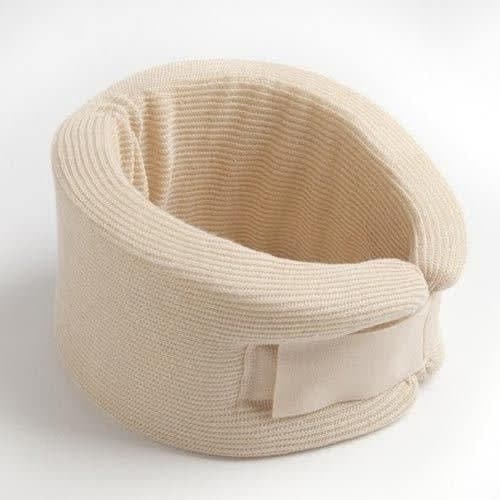
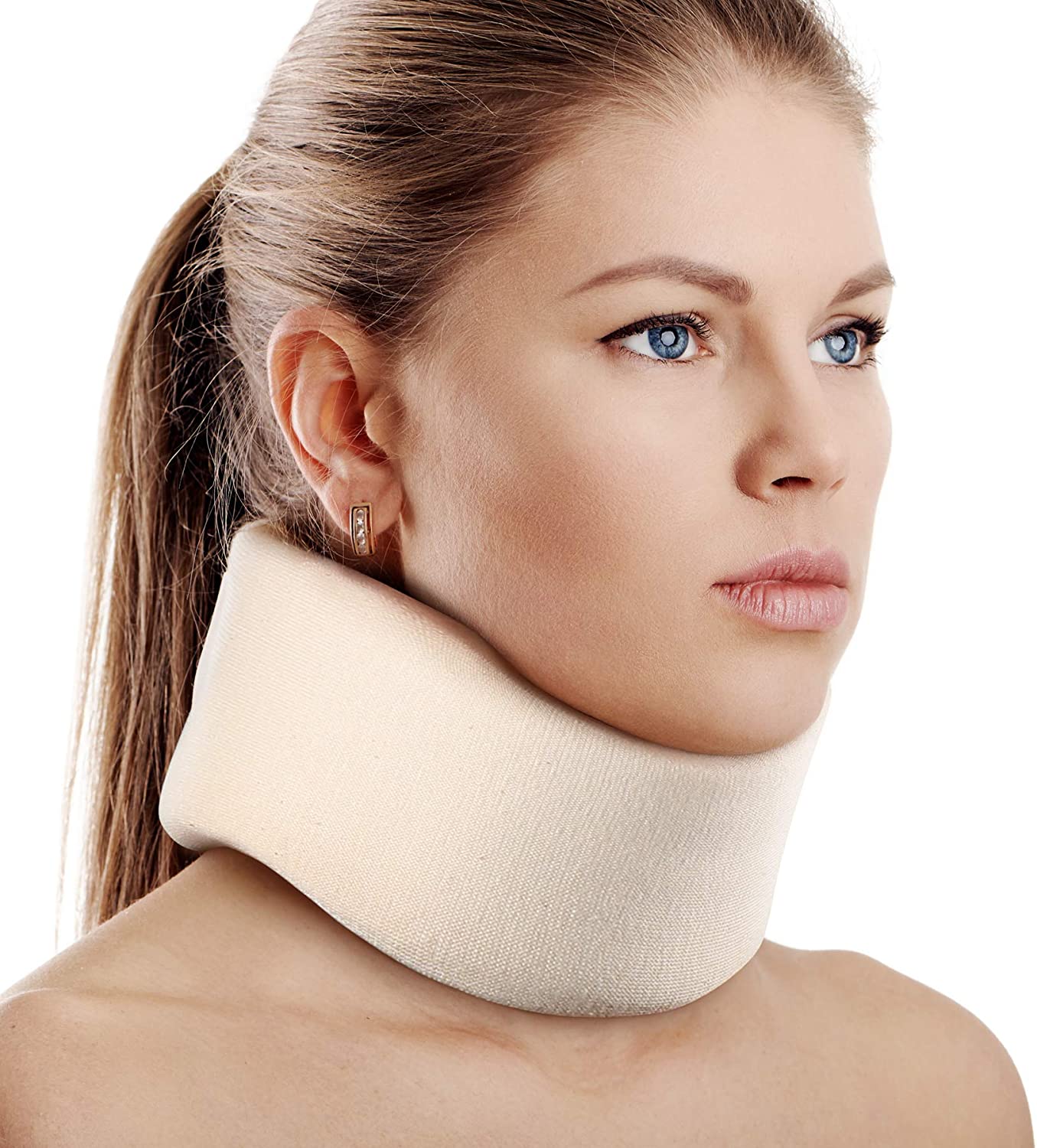
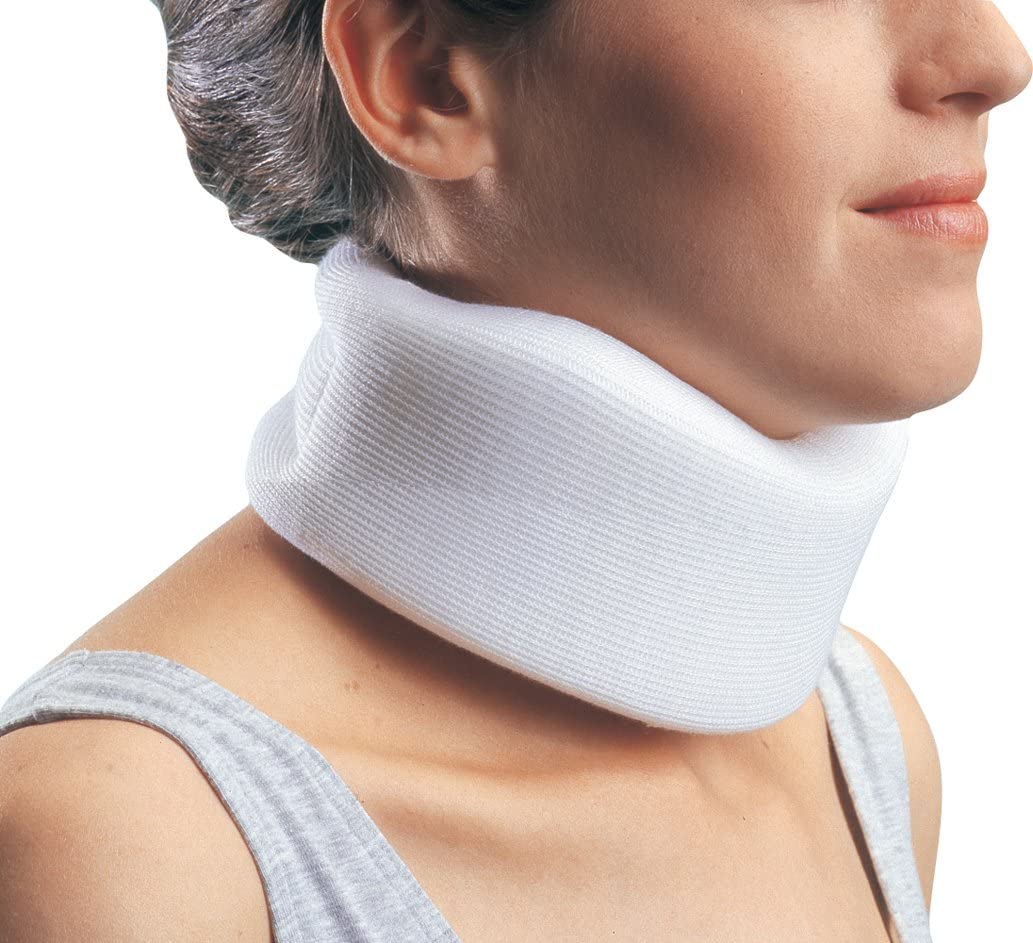

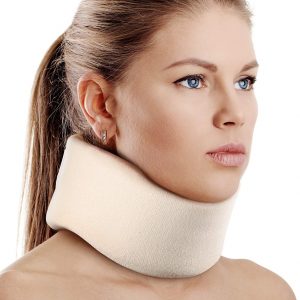
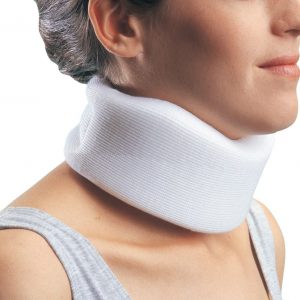













Reviews
There are no reviews yet.